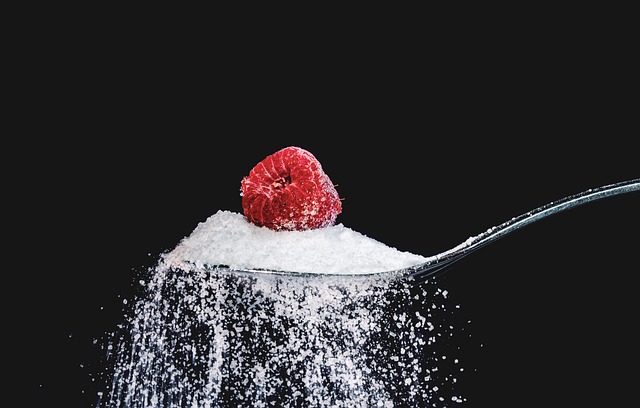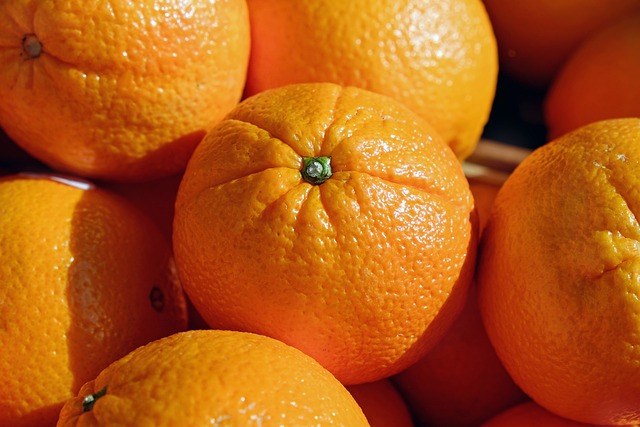Beyond Yogurt: Unconventional Ways to Incorporate Probiotics into Your Diet
Probiotics have gained popularity in recent years for their potential health benefits, particularly for promoting a healthy gut. While yogurt is a well-known source of probiotics, there are several other unconventional ways to incorporate these beneficial bacteria into your diet. In this article, we explore some unique and delicious ways to boost your probiotic intake beyond yogurt.
1. Kombucha
Kombucha is a fermented tea beverage that has been enjoyed for centuries due to its potential probiotic content. It is made by fermenting sweetened tea with a SCOBY (symbiotic culture of bacteria and yeast) that contains a variety of beneficial bacteria and yeast strains.
In addition to its probiotic benefits, kombucha is also rich in antioxidants and other nutrients. Its tangy and refreshing flavor makes it a popular choice for those looking for a delicious and bubbly way to improve their gut health.
2. Kimchi
Kimchi is a traditional Korean side dish made from fermented vegetables, primarily cabbage. This spicy and flavorful condiment is not only delicious but also packed with probiotics. The fermentation process enhances the growth of beneficial bacteria, making kimchi a potent source of gut-friendly microbes.
Aside from probiotics, kimchi also contains vitamins, minerals, and antioxidants, making it a nutritious addition to any meal. It can be eaten on its own or used to add flavor and a probiotic boost to various dishes, such as stir-fries, rice bowls, or sandwiches.
3. Sauerkraut
Sauerkraut is another popular fermented cabbage dish that hails from Eastern Europe. Like kimchi, sauerkraut undergoes lactic acid fermentation, which results in the proliferation of beneficial bacteria.
Rich in vitamins C, B, and K, sauerkraut not only supports gut health but also contributes to a well-rounded nutrient intake. It complements various dishes, including sausages, sandwiches, and salads, or can be enjoyed as a tangy and crunchy side dish.
4. Miso
Miso is a traditional Japanese paste made by fermenting soybeans with salt, koji (a type of fungus), and sometimes grains like rice or barley. The fermentation process gives miso its unique umami flavor and probiotic content.
In addition to its probiotics, miso is also a good source of essential amino acids, vitamins, and minerals. It is commonly used in soups, marinades, dressings, and sauces to add a savory and tangy taste to dishes.
5. Tempeh
Tempeh is a fermented soybean product that originated in Indonesia. It is made by fermenting whole soybeans with a specific strain of mold. This fermentation process not only improves the digestibility of soybeans but also increases their probiotic content.
Tempeh is a versatile ingredient that can be cooked and used as a meat substitute in various dishes, such as stir-fries, sandwiches, and salads. It has a nutty flavor and a firm texture, making it a favorite among vegetarians and vegans.
6. Pickles
Pickles are cucumbers or other vegetables that have been fermented in a brine solution, resulting in their tangy and sour taste. The fermentation process encourages the growth of beneficial bacteria, making pickles an easy and accessible source of probiotics.
Whether you enjoy them on their own, as a condiment, or as a side dish, pickles can be a delicious way to incorporate probiotics into your diet. Just make sure to opt for naturally fermented pickles rather than those made with vinegar, as only the former will contain live cultures.
As you can see, there are plenty of unconventional ways to incorporate probiotics into your diet beyond yogurt. Experiment with these delicious options and reap the benefits of a diverse and thriving gut microbiome. Your digestive system will thank you!







